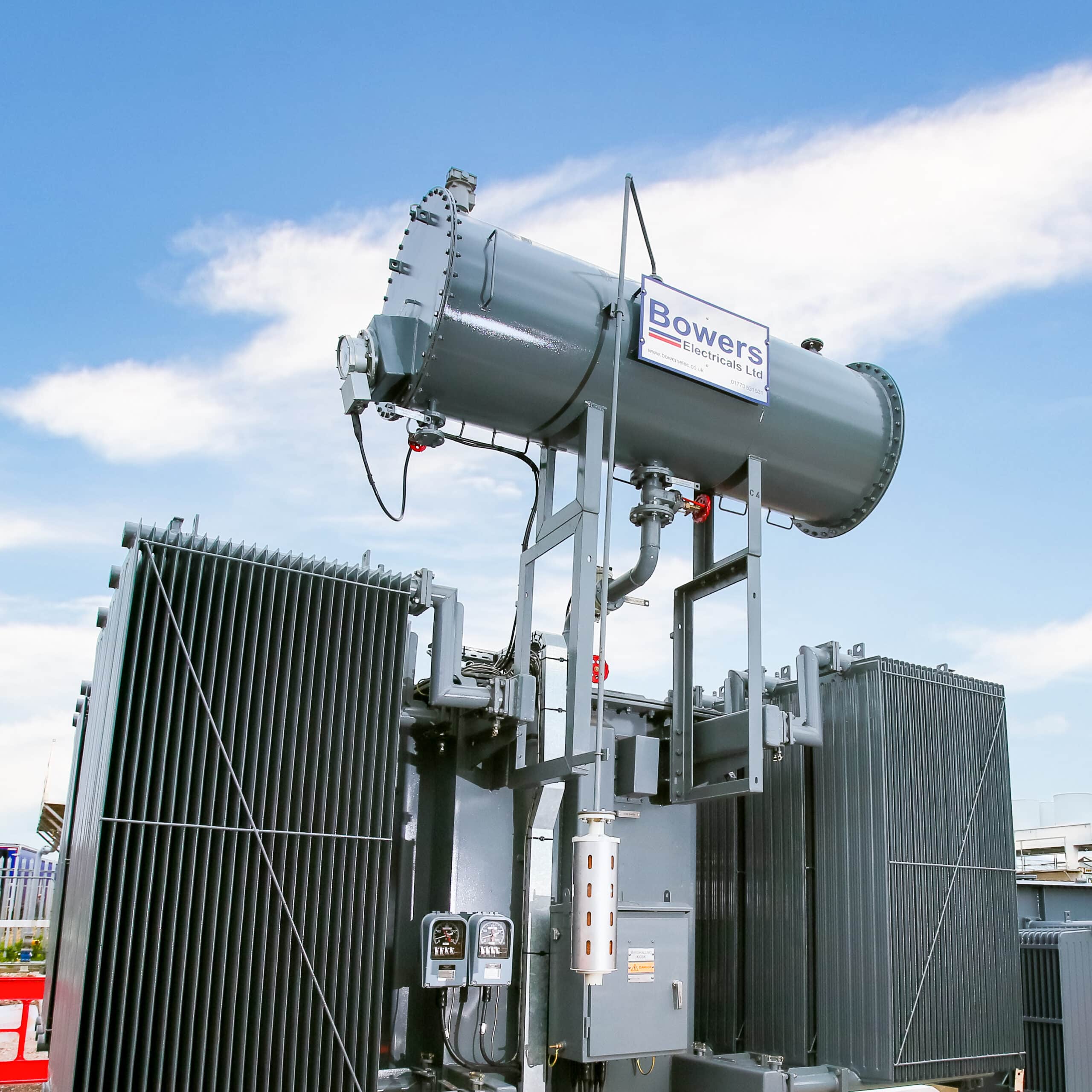Bowers Transformers are designed and manufactured to BSEN60076 which states that liquid-filled distribution and power transformers should have solid insulation to class A, or better, which is suitable for 105°C. It is generally the insulation that determines the life expectancy of a transformer, assuming that no catastrophic failures occur due to external factors.
BSEN60076 Part 7, Clause 6.4, Table 3 states that standard transformer insulation is designed for 180000 hours of service (20.5 years) when working at full load and 98°C hot spot temperature (110°C for thermally upgraded insulation), as extracted below.
Reference [7] suggests four different end-of-life criteria, i.e., four different lifetimes for thermally upgraded paper as shown in Table 3.
| Basis | Normal Insulation Life | |
| Hours | Years | |
| 50% retained tensile strength of insulation | 65 000 | 7.42 |
| 25% retained tensile strength of insulation | 135 000 | 15.41 |
| 200 retained degree of polymerisation in insulation | 150 000 | 17.12 |
| Interpretation of distribution transformer functional life test data | 180 000 | 20.55 |
The lifetimes in Table 3 are for reference purposes only since most power transformers will operate at well below full load for most of their actual lifetime. A hot-spot temperature of as little as 6°C below rated values results in half the rated loss of life, the actual lifetime of transformer insulation being several times, for example, 180 000h.”

However, as the quality of the dielectric liquid degrades over time (overheating due to overloads/overvoltages, increased moisture and increased oxygen) this will damage the solid insulation and have a detrimental effect on the life expectancy of a transformer.
Therefore, if the transformer is well maintained and serviced it should have a life expectancy well in excess of 20 years.
The moisture and oxygen levels can be reduced by maintaining the silica gel breather or using a sealed style tank with periodic oil filtration or even an oil change based on liquid sample/DGA data.